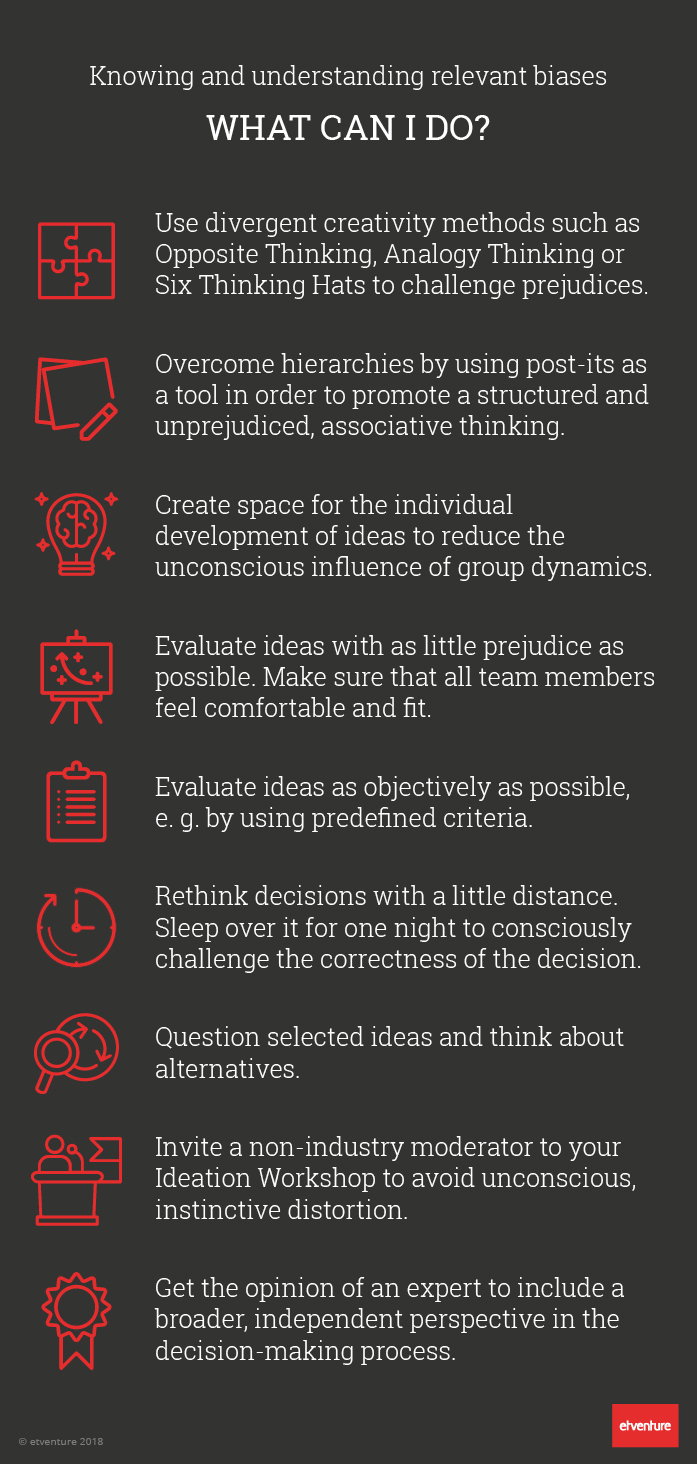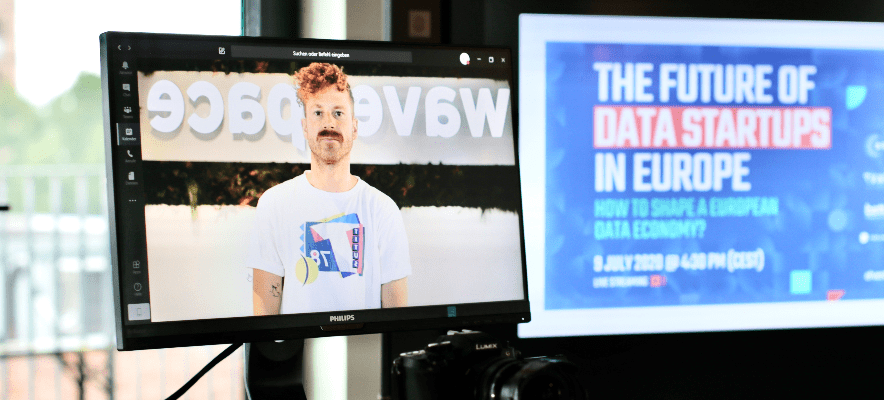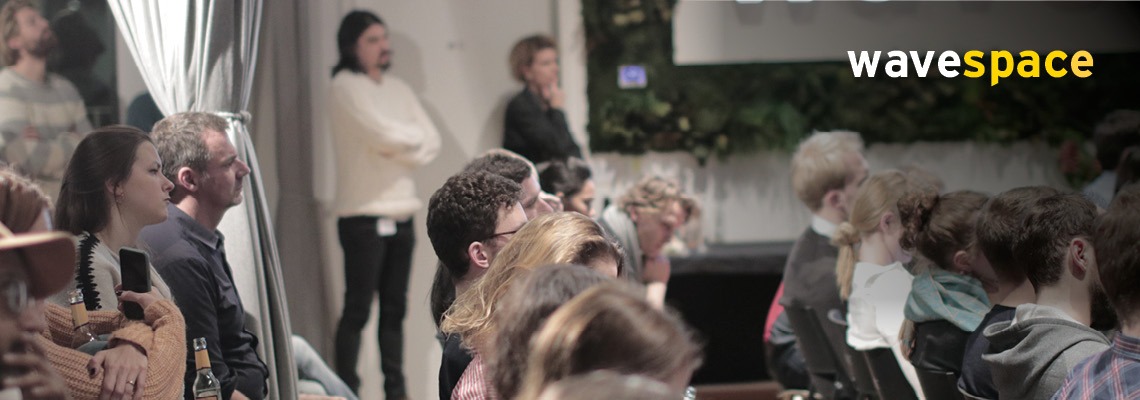Cognitive Biases – That’s how unreliable we think
09. March 2018
Cognitive biases are mostly unconscious, systematic distortions of our perceptions, decisions and judgements. Our ideation experts show why biases are relevant for generating ideas and give tips on how their influence can be reduced.
Heuristics: abbreviations of the brain
Every day, more than 5 trillion bytes of data are generated – and the number is constantly increasing. In the past two years, 90 percent of the world’s current data stock has been generated. Our brain, on the other hand, is the result of a long process of evolution and can hardly keep pace with the complexity and speed of our environment. According to Daniel Kahneman, our cognitive processes take place in two systems: System 1, our autopilot, works automatically and quickly, largely effortlessly and without deliberate control. System 2 performs slow, sequential thought processes, and is much more cumbersome and limited in its processing capacity.
On the one hand, there is an enormous amount of information surrounding us. On the other hand, we are forced to act quickly even in uncertain situations. Therefore, our brain – System 1 – relies on unconscious, routine thought processes and works on the basis of existing beliefs and experiences from the past. These mental abbreviations are called heuristics.
This cognitive strategy provides fast, reliable solutions and simplifies judgment. Although this ensures survival, it does not encourage innovation. Heuristics are in many cases efficient and meaningful, but under certain conditions they lead to systematic misjudgements – so-called cognitive distortions or biases. They hinder creative and innovative thinking, especially divergent thinking.
Knowing and understanding relevant biases
The first important step is done if you become aware of the biases and are sceptical about your own thinking. The next step is to know the most important biases and when they can occur. The following five biases are particularly relevant for the ideation process:
Knowing and understanding relevant biases
The first important step is done if you become aware of the biases and are sceptical about your own thinking. The next step is to know the most important biases and when they can occur. The following five biases are particularly relevant for the ideation process:
- The Anchoring Bias describes the influence of already known information on our decision-making.
If a person starts a brainstorming session with a certain aspect, it can happen that all other ideas are anchored around the first statement rather than being independent of it.
- The Bandwagon Bias says that we join popular ideas and groups because we feel the need to be conformist.
If a voting of the ideas openly takes place in front of the group, there is a high probability that the ideas which already have many fans will be chosen rather than the ideas for which no one has yet voted.
- The Framing Bias expresses that we let ourselves be influenced by whether information is presented subjectively well or badly.
If an idea is presented at an Ideation Workshop in the evening, when all participants are tired and the presenter seems less enthusiastic, the idea may be judged worse than in the sunshine, when all team members are fit and the presentation is presented in a motivating way.
- The Confirmation Bias describes the tendency to prefer information that confirms existing beliefs or prejudices in us.
If it is necessary to decide which ideas are to be used in the further implementation, it is likely that the idea that corresponds to the convictions of the participants will be chosen more subjectively than to evaluate objectively new ideas.
- The Functional Fixation shows that we only look at things in their usual function and thus exclude new uses.
If an idea is implemented for the further development of existing applications, there is a risk that this application will not be considered for other functions. Ten years ago, for example, the mobile phone was exclusively a communication medium; nobody thought of using a camera.
Overcoming biases
Mental abbreviations are not always bad. They help us to walk safe, uncomplicated paths in many life situations. However, when it comes to an idea that pursues the goal of producing innovative outcomes, they are an obstacle. Therefore: Recognize, understand, attack! Not everything will be implemented immediately in the next workshop. Minimizing biases requires continuous practice and time – but the result is worthwhile. The following techniques will help you identify and avoid relevant biases:






* Required field